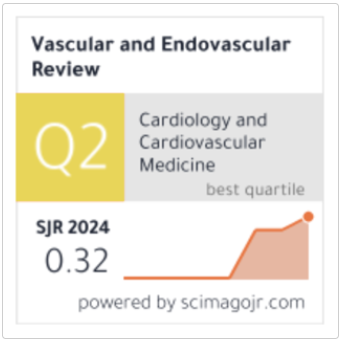Vitamin D status and its related factors among healthy Adolescent and young adults in Eastern Province, Saudi Arabia
DOI:
https://doi.org/10.64149/J.Ver.8.2.50-57Keywords:
Vitamin D, deficiency, risk factors, age, gender, sun exposure, Saudi ArabiaAbstract
Background: Vitamin D deficiency has become a significant and growing public health issue among young individuals globally. Its deficiency can adversely affect both the nervous and musculoskeletal systems, leading to conditions such as rickets, joint and muscle pain, neurological disorders, and changes in mood and behavior.
Objective: The purpose of this research is to evaluate how common vitamin D deficiency is among young adults residing in the Eastern Province of Saudi Arabia.
Methods: This study utilized a retrospective cross-sectional design, examining clinical records from 892 individuals between the ages of 15 and 40. Vitamin D levels in the blood were categorized into three groups: deficient (<20 ng/mL), insufficient (20–29 ng/mL), and sufficient (≥30 ng/mL). A structured and pre-tested questionnaire was employed to gather demographic and lifestyle data, including age, gender, skin tone, educational attainment, financial status, sun exposure, milk and soft drink consumption, exercise habits, and body mass index (BMI). The data were analyzed using IBM SPSS software, and logistic regression was applied to calculate adjusted odds ratios (OR) to identify risk factors. Statistical significance was set at p < 0.05.
Results: Among the 892 participants, 22.4% were found to have a vitamin D deficiency, and 37.8% had insufficient levels. Females, particularly those aged 25 or younger, were at a significantly greater risk than males (OR = 3.42, 95% CI: 2.51–4.66, p < 0.001). Other notable risk factors included lower economic status (OR = 2.01, p = 0.001), limited sun exposure (OR = 2.15, p < 0.001), lack of physical activity (OR = 1.62, p < 0.001), obesity (OR = 2.24, p < 0.001), and frequent intake of carbonated beverages (OR = 1.74, p < 0.001). No significant associations were observed with skin tone or the type of milk consumed (p > 0.05).
Conclusion: Vitamin D deficiency continues to be a major concern in Saudi Arabia, especially among women and those from lower socioeconomic backgrounds. Lifestyle-related factors such as inadequate sun exposure, physical inactivity, and obesity contribute significantly to the issue. Public health initiatives should target vulnerable groups, promote healthier lifestyles, and advocate for preventive measures. Further research is recommended to develop effective, targeted strategies for reducing vitamin D deficiency in this population.








